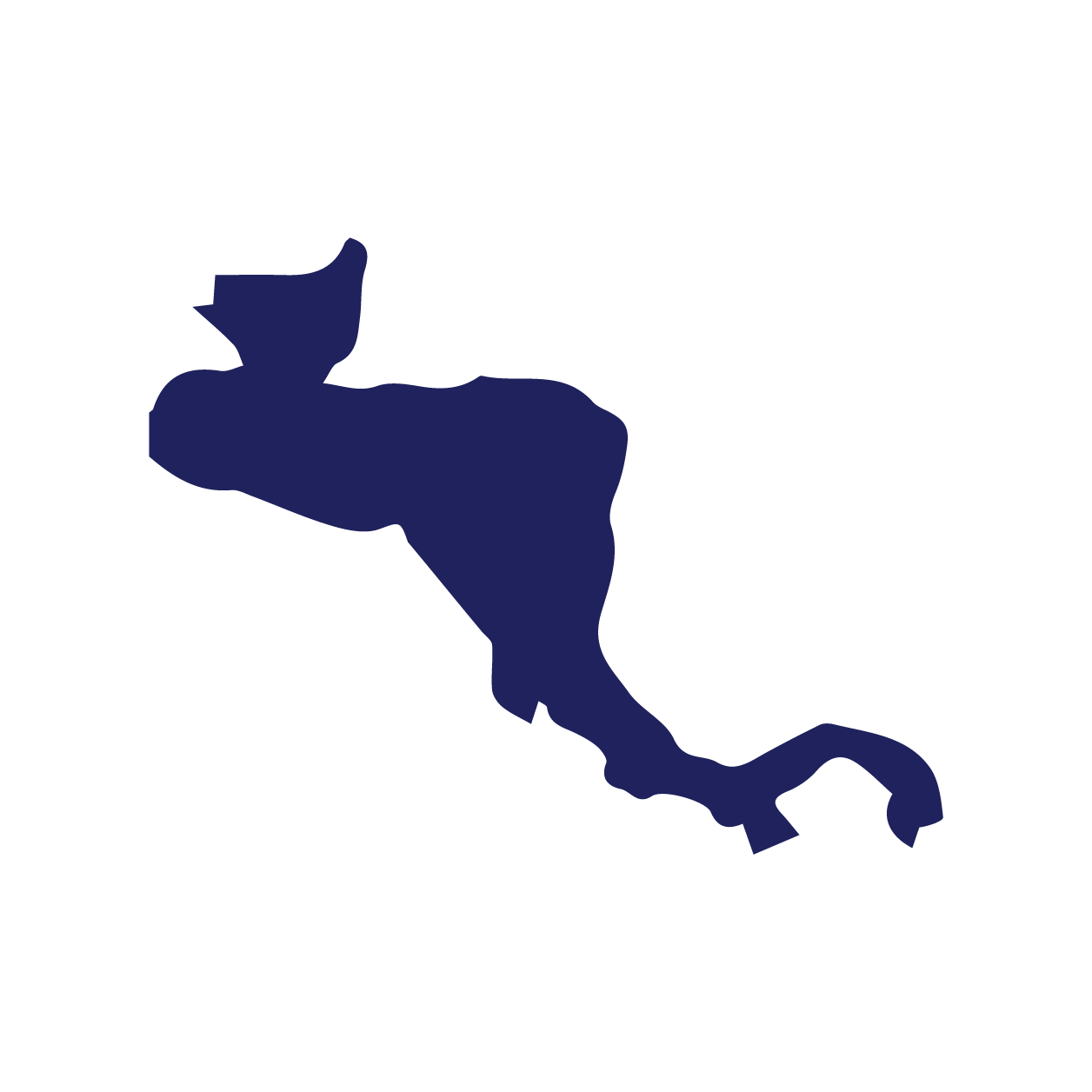The Dominican Republic – Central American Free Trade Agreement (DR – CAFTA)
The free trade agreement between the Dominican Republic, Central America (Costa Rica, El Salvador, Guatemala, Honduras, and Nicaragua), and the United States (DR – CAFTA) provides for a comprehensive and reciprocal commercial relationship between the participating countries. The DR – CAFTA is an agreement that removes trade barriers, eliminates tariffs, opens markets, and promotes investment in all of the participating countries. Promoting the economic growth of the Dominican Republic and the countries of Central America will eventually create more export opportunities for the United States.
The negotiations of the DR – CAFTA between the United States and Central American nations began in January 2003 and ended the next year, while talks between the US and the Dominican Republic began in January of 2004. This second set of negotiations was completed in March of the same year.
Central America and the Dominican Republic combined represent the second-largest Latin American export market for products originating in the United States, only Mexico consumes more US goods. In 2004, when the DR – CAFTA was signed, commerce between the US and its new free trade partners totaled more than $33 billion.
Central American countries and the Dominican Republic are natural trading partners for the United States. At present goods sold in the region by US companies represent a combined 40% of the imports of these nations. Geographical proximity, as well as existing cultural and familial ties, strengthen this economic relationship.
Some of the principal benefits of the DR – CAFTA for the United States:
- Eighty percent of exports of consumer and industrial goods were immediately eligible for duty-free treatment by both the Dominican Republic and by the Central American countries taking part in the DR – CAFTA. Important economic sectors that the agreement favors include: farm products, information technology, paper products, pharmaceuticals, and medical devices.
- Central America and the Dominican together represent the second-largest market for US thread and woven fabric. Consequently, manufactured clothing containing inputs from the United States enter the US free of duty. This has had the benefit of increasing exports from the Dominican Republic and Central America, as well as has fortified the economies of the region in the face of competition from producers in the Far East.
Some of the principal benefits of the DR – CAFTA for Central America and the Dominican Republic include:
- Access to the world’s largest consumer market.
- Tariff and quota-free entry into the US for Central American industrial products.
- A twenty-year period for eliminating tariffs on all agricultural products, and a fifteen-year period for all industrial goods.
- Elimination of US export subsidies on dairy products such as powdered milk and cheddar cheese.
- Protection of the coffee industry through rules of origin that create a reference for coffee grown in the region.
- A doubling of the quota imposed by the United States on imported sugar.
In addition to the sections of the DR – CAFTA that pertain to the elimination of tariffs and non-tariff barriers to trade, the agreement addresses other areas related to the commercial relationship between the countries that are a signatory to the treaty. These areas include:
- Customs rules and regulations;
- Health rules and measures;
- Investments among the signatories to the DR – CAFTA;
- Public contracts;
- Intellectual property rights;
- Labor laws;
- Environmental protection.


